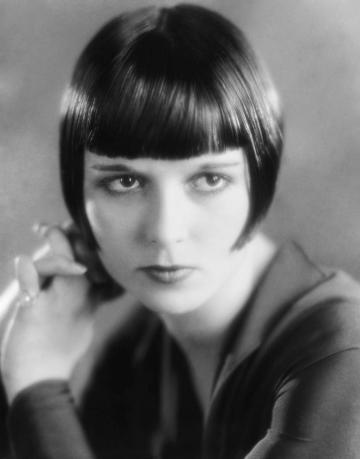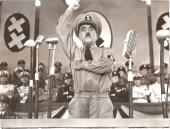`Beggars of Life': Louise Brooks on the lam---in drag---in Wellman's hobo classic
The dark, artfully photographed vagabond tale, starring enigmatic Louise Brooks in perhaps her best American film, has a rare public screening tomorrow only at The Hollywood Theater here, part of its admirable “Silents, Please!” silent film series, with live musical accompaniment by Daryl Fleming & the Public Domain.
Richard Arlen plays the handsome tramp who stumbles first upon a dead man and then on the desperate girl (Brooks) who killed him---to save herself from rape. Now on “Wanted!” posters, she dresses as a boy and escapes with Arlen’s help. The runaways hop a freight train, jumping off at a rail-yard hobo camp ruled by tough Oklahoma Red (Wallace Beery). She’s further menaced, soon enough, when lustful boxcar bums recognize the boy as a girl and want her for themselves.
“Beggars” was based on a novel by Jim Tully, the two-fisted “tramp writer of Hobohemia” then enjoying a popularity akin to Jack Kerouac’s, who specialized in down-and-out heroes. There were an estimated half-million American hobos in those days---and not even a Depression yet. Their ranks would soon swell tenfold.
It was filmed on location in
Rescued from destruction by the legendary James Card of Eastman House, “Beggars” is an entertaining treat. The insolent beauty of this androgynous icon on the lam makes for spellbinding use of her masculine-feminine mystique.
(Post-Gazette film critic and Brooks biographer Barry Paris will introduce the film and lead a discussion afterward.)






